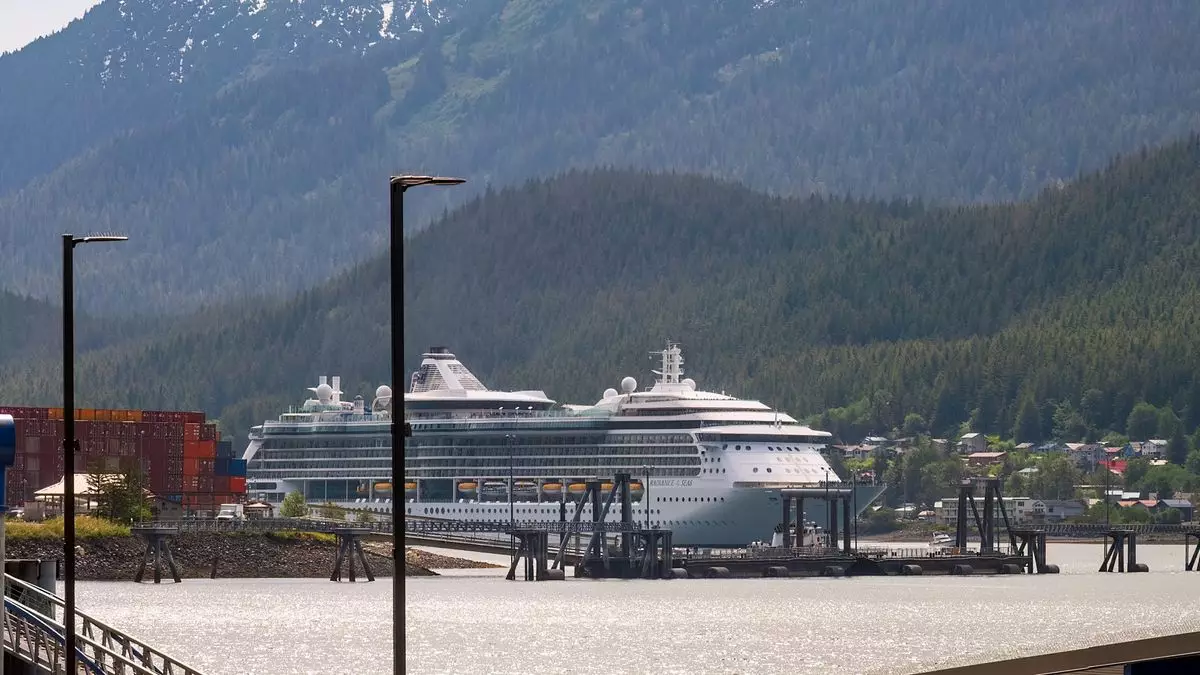The cruise industry in Alaska is undergoing a significant transformation, particularly in light of recent regulatory changes that aim to address concerns regarding overtourism. This fall, Juneau officials announced an agreement with various cruise lines to impose operational limits on ship numbers and passenger capacities, which is set to take effect in 2026. The move to restrict the number of ships and establish a cap of approximately 16,000 berths on most days reflects a growing urgency to preserve the local environment and enhance visitor experiences. Such regulations not only impact the current players in the Alaskan cruise market but also raise critical questions regarding the future of new entrants eager to capitalize on Alaska’s picturesque landscapes.
Cruise Lines Respond to New Opportunities
Amidst these limitations, two prominent lines, MSC Cruises and Virgin Voyages, have made headlines by unveiling their Alaska itineraries for the 2026 season. MSC Cruises will offer voyages from Seattle with stops in notable ports like Ketchikan and Juneau, marking a bold entry into a territory dominated by established names. Similarly, Virgin Voyages plans to introduce its flagship, the Brilliant Lady, on a series of seven to twelve-night cruises starting in May 2026, featuring unique destinations such as the Tracy Arm Fjord and Sitka. The adaptation of these new players illustrates their determination to penetrate a competitive market, navigating the new regulatory waters while also diversifying the experiences they provide.
While the arrival of MSC and Virgin Voyages brings excitement and fresh opportunities for tourists, it simultaneously accentuates the challenges for other prospective cruise lines eyeing this coveted destination. The existing agreements that veteran operators have established present a formidable barrier for newcomers. As Carnival Corporation’s vice president of Alaska operations, Robert Morgenstern, indicated, not having previous berthing agreements could complicate matters for new entrants aiming to secure slots in this popular region. This creates a dichotomy within the cruise industry—while there are opportunities for those who can navigate the constraints, the potential for exclusion also starkly looms for others.
The situation extends beyond Juneau, prompting other Alaskan port cities such as Sitka to contemplate similar berthing limits. By adopting these restrictions, municipalities aim to maintain a balance between economic benefits from tourism and preserving the unique cultural and natural resources that attract visitors in the first place. However, with looming caps on capacity, it raises essential questions about the sustainability of cruise tourism in these areas. The push for such regulations signals a more profound shift in how destinations approach tourism management, potentially redefining visitor engagement strategies in the years to come.
Alaska’s cruise industry stands at a pivotal point. New regulations aimed at managing the influx of cruise passengers will undoubtedly reshape the touristic landscape, ushering in both challenges and opportunities. As MSC and Virgin Voyages gear up for their entry into this market, the implications of this new era extend well beyond individual cruise lines. The convergence of regulatory frameworks and changing consumer expectations will likely dictate the future of cruise tourism in Alaska—a future where sustainable practices may take precedence over sheer numbers, ultimately redefining the essence of Alaskan voyages.


Leave a Reply